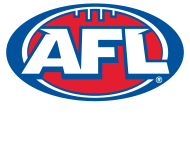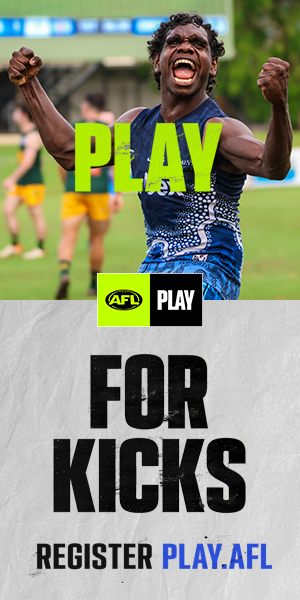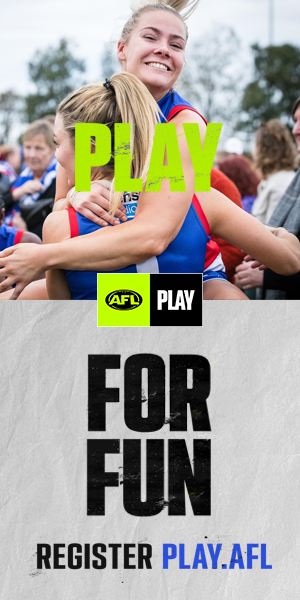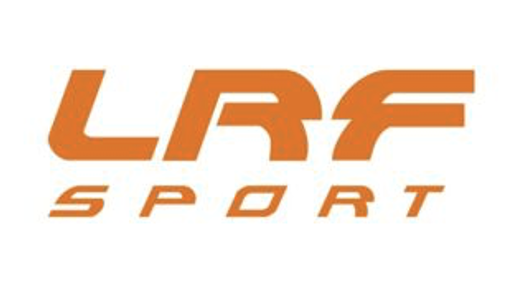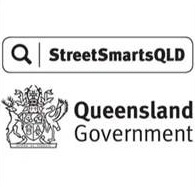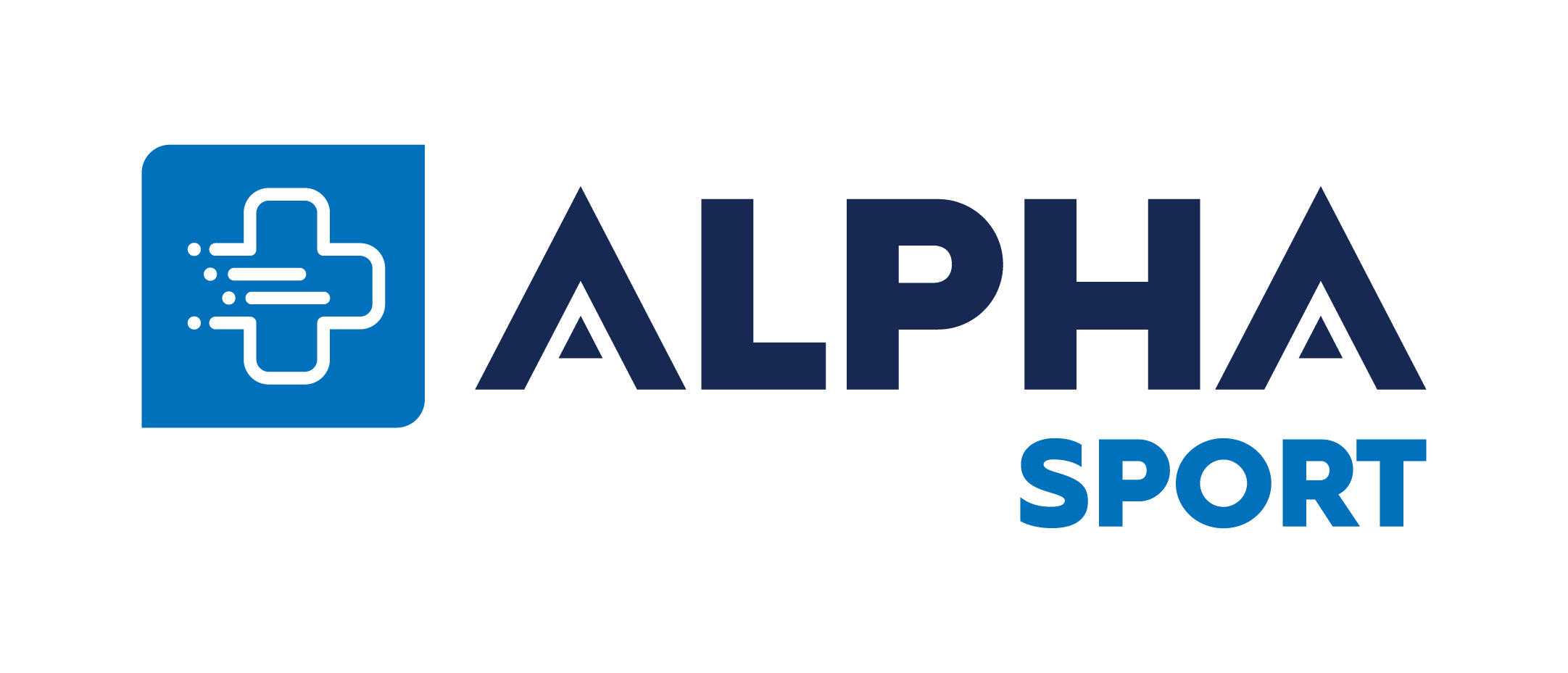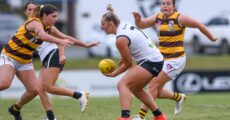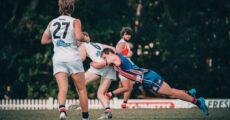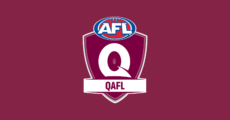The AFL has announced important developments in relation to the return to play protocols in the concussion guidelines for AFL and AFLW and all levels of Australian Football, including community football.
In AFL and AFLW, where there are advanced care settings for players suffering a concussion, the mandatory minimum 12-day return to play protocol will be maintained. The minimum 12-day protocol provides a platform for the management of elite athletes under the constant care of Club medical professionals to monitor their progression through the well-established 3-stage, 11-step protocol.
The minimum 12-day protocol is as the name suggests a minimum number of days a player can return to play if they safely and medically clear the 11 steps in the protocol.
In 2023, when the minimum 12-day protocol operated in both the AFL and AFLW, 29% of AFL players missed more than one match following a concussion and 24% AFLW players missed more than one match following a concussion.
In a landmark decision, all other Australian Football competitions at all ages (i.e. adult/open competitions and all junior competitions), will adopt a mandatory minimum 21-day return to play protocol. This new protocol will apply for State Football competitions (including the VFL and VFLW), elite pathway competitions (including the Coates Talent Leagues for boys and girls) and all community football competitions. The AFL will work with all Leagues and football bodies, including the Western Australian Football Commission and the South Australian National Football League, to encourage the universal adoption of this important benchmark position in our sport in all States and Territories.
Under the new community football guidelines, the earliest that a player suffering a concussion can return to play is on the 21st day post the concussion incident provided they get medical clearance.
The new community football guidelines and the elite football guidelines are in-step with the recent Australian Institute of Sport’s Concussion and Brain Health Position Statement regarding return to play protocols post-concussion. The full details of the new community football guidelines will be released in the coming weeks ahead of the community football seasons.
The concussion guidelines for elite and community football are reviewed on an annual basis and the current updated versions have been prepared by the AFL’s Chief Medical Officer Michael Makdissi in conjunction with the AFL’s Medical Working Group and with input from the AFL Concussion Scientific Committee which has membership of medical experts from Australia and overseas.
The different positions for elite football (i.e. AFL and AFLW only) and all other levels of Australian Football reflect the differences in the level of medical resources that are generally available at the elite level of the game that generally do not exist to the same degree in other competitions.
Players in our AFL and AFLW competitions will have the benefit of “Advanced Care Settings” (within the meaning of that term in the AIS Statement) to closely monitor their recovery and progression through the minimum 12-day protocol. Then, reflecting the position that generally exists on medical resources available at lower levels where there is usually not the same level of constant care as elite football, a longer “guardrail” requiring a longer minimum rest and recovery period is built into the minimum 21-day protocol.
In the concussion guidelines for AFL and AFLW that have been released today, the AFL has also made a number of further changes to further protect players.
- In the event of “probable motor incoordination/no protective action”, the ARC Medical Spotter (an independent doctor) can now compel that the player be removed for a SCAT;
- The integration of the SCOAT6 (being the Sport Concussion Office Assessment Tool) (ie “Office” as opposed to “Sideline”) which is used to assess a player’s recovery from concussion from 72 hours after the concussion;
- Changes to the content of the Stage 2 Recovery phase of the return to play protocol which provides Clubs with some more flexibility in the activity that the recovering player may undertake in that period whilst still symptomatic (noting that the Amsterdam Consensus Statement permits more controlled activity for a player recovering from a concussion and still experiencing some symptoms)
- Expansion of the section relating to the management of difficult or complicated cases which, amongst other things, makes it clear that repeated concussions must be reported to the AFL Chief Medical Officer;
- Expansion of the section re the work of AFL Concussion Panels to clarify the process and purpose of Concussion Panels to assist players in clubs in dealing with complex cases of concussion.
The 2024 AFL and AFLW Concussion Guidelines and the minimum 12-day protocol will apply to all AFL and AFLW players, including 18 year old players. Whilst the AIS Statement does provide that players under 19 years of age at all levels (including in elite level sport) abide by a minimum 21-day return to play protocol, the AFL has determined that it is impractical to have different mandatory return to play protocol for different age groups in our elite football competitions.
Having said that, the 2024 AFL and AFLW Concussion Guidelines make it very clear that younger players sustaining a concussion must be treated more carefully and conservatively than older teammates and competitors.
AFL General Counsel Stephen Meade said the AFL takes very seriously the issue of concussion and the updated community football guidelines reflect the AFL’s ongoing commitment to the health and safety of all present, past and future players.
“The AFL’s concussion guidelines are the most stringent concussion protocols in Australian sport both at a community and elite level and we are committed to continuing to take action to protect the safety of players at all levels of the game.” Mr Meade said.
“The updated community guidelines represent a significant step in the AFL’s existing record of ongoing improvements to its concussion management strategy that reflect medical research and other learnings over time.
“We play a contact sport and there is always going to be risk, however over recent years we have continued to take action to strengthen match-day protocols and amend the Laws of the Game to discourage high contact, and we will continue to do so,
“We continue to listen and learn from the medical and scientific professionals and take action to deal with the important topic of concussion and player safety.
“While there are risks of injury in our sport, we will continue to act to reduce and manage those risks, and there are also many very significant physical and mental health benefits of playing our great game.”
Please note that AFL and AFLW listed players that are playing in lower competitions (e.g. VFL and VFLW) that suffer a concussion will be managed under the AFL and AFLW Concussion Guidelines and the minimum 12-day protocol, whether they are returning to play following the concussion in the AFL/AFLW or in a lower competition, provided their recovery from concussion has been managed under the Advanced Care Settings of the AFL/AFLW team.
The 2024 AFL and AFLW Concussion Guidelines have been released today and will take effect from the start of the 2024 Toyota AFL Premiership Season which begins this week with Opening Round matches from Thursday, 7 March 2024.
Under the new community guidelines, the earliest that a player can return to play after a concussion is on the 21st day after the day on which the concussion was sustained and provided that the player has safely progressed through each phase of the return-to-play program.
The example being if a player suffers the concussion playing in a match on a Saturday (for ease of the example, let’s assume that the match in which the concussion is sustained is on Saturday 1 June and all subsequent matches in the competition are also played on a Saturday;
The day on which the concussion is sustained is Day 0. Day 1 of the minimum 21-day protocol is the day after the match, namely Sunday 2 June.
The player will, at a minimum, miss the next 2 Saturday fixtures (i.e. the match on Saturday 7 June and the match on Saturday 14 June).
However, as Saturday 21 June is the 21st day after the day on which the player suffered the concussion, the player may potentially return to play in the match on Saturday 21 June, assuming that the player has safely progressed through the 3 stages of the protocol and been approved by their medical practitioner to return to play.
The return-to-play program consists of three distinct stages – rest, recovery and graded return to training and play. The updated guidelines insist on a minimum period of 24 hours (or longer) for each Step of the progression and, if any symptoms recur during the graded return to training and play stage, the player athlete must go back to the previous symptom-free step.
The guidelines also insist on an individualised approach to return to play where factors such as young age (i.e., 18 years or younger), where there is a history of learning disorders or mood disturbance that may impact on monitoring of recovery, or a history of multiple concussions, may necessitate a more cautious and conservative approach.
The player must have medical assessment prior to being cleared to return to full contact training with the group and then a further medical assessment before being cleared to return to play.
